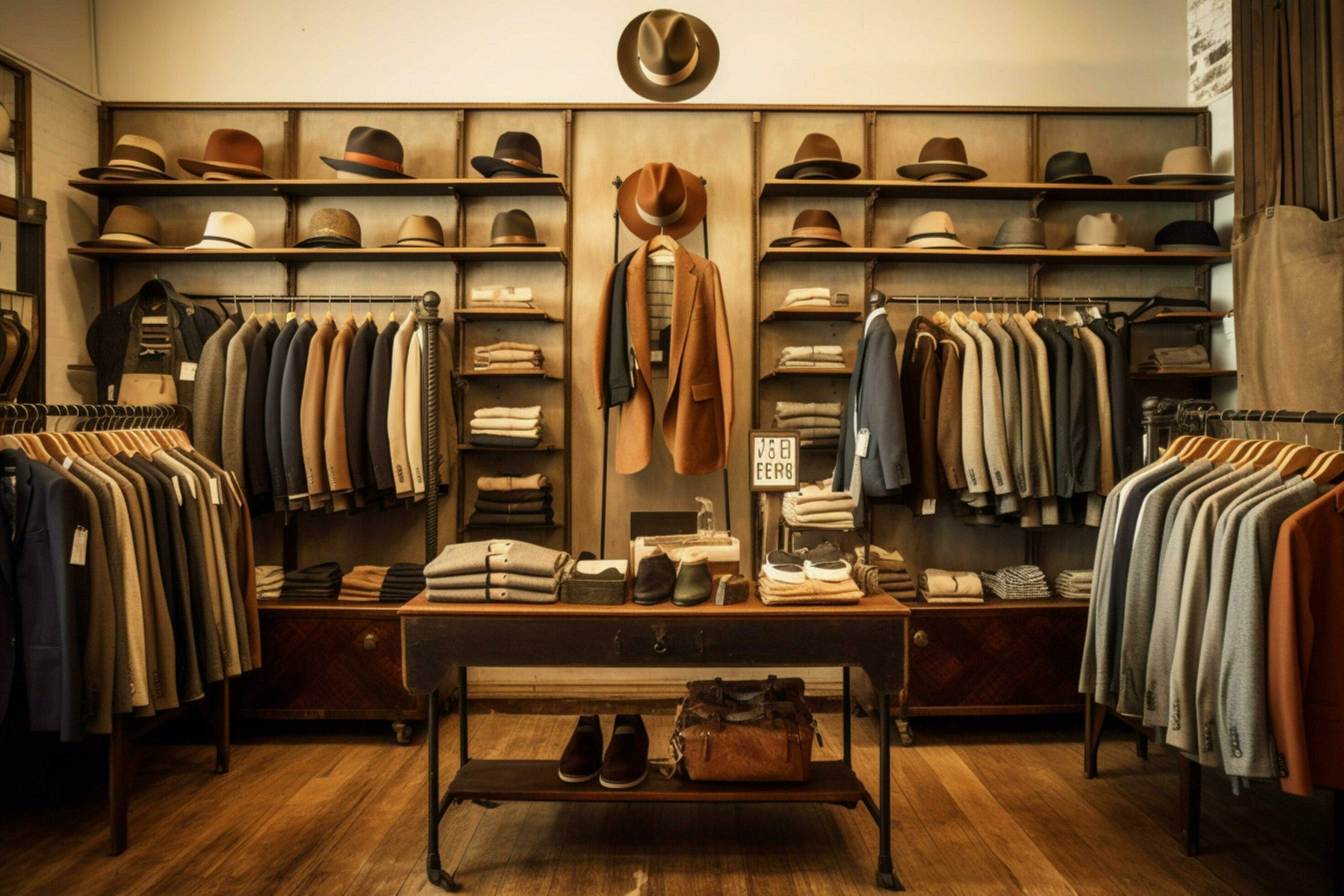Elevate Your Wardrobe with Sensational Boutique Fashion Fundamentals
Elevate Your Wardrobe with Sensational Boutique Fashion Fundamentals
Blog Article
Checking Out the Evolution and Impact of Garments on Modern Style Trends
The development of clothing has actually substantially affected modern style trends, combining historic precedents with cutting-edge technologies. Legendary numbers like Coco Chanel and Yves Saint Laurent changed the garment industry by introducing ideas that focus on convenience and availability, which proceed to reverberate today. Technical strides in areas such as 3D printing and wise fabrics are redefining layout possibilities and consumer experiences (boutique fashion). Additionally, the expanding focus on inclusivity and sustainability is reshaping market criteria. As we take into consideration these multifaceted impacts, one should wonder about how these aspects collectively redefine fashion's duty in showing and forming modern society.
Historic Fashion Influencers
In the tapestry of style history, specific figures have actually left an enduring mark, shaping the trends and styles that specify whole eras. Coco Chanel, a cutting edge designer, redefined women's style by introducing comfortable, classy clothing that departed from restrictive corsets. Her iconic Chanel suit and little black dress have actually come to be timeless staples in wardrobes worldwide. Christian Dior's post-war "New Look" in 1947, with its celebration of femininity via full skirts and cinched waistlines, noted a return to luxury and has actually proceeded to influence developers.
Elsa Schiaparelli is another essential figure, renowned for her progressive styles that included surrealist art, working together with Salvador Dalí to produce whimsical items that challenged standard appearances. Her cutting-edge use color and strong patterns resounds in modern fashion. Yves Saint Laurent, on the other hand, democratized haute couture with prêt-à-porter collections, bringing path styles to the masses and establishing a precedent for contemporary ready-to-wear lines.
These visionaries, among others, not just reinvented style in their times however also established enduring trends that resonate in today's apparel industry, offering a foundation whereupon modern developers proceed to build and innovate. Their traditions highlight the relevance of creativity and daring in fashion's ever-evolving narrative.
Technical Innovations in Style
Among the vibrant landscape of the style market, technological advancements stand at the leading edge of advancement, reshaping exactly how designers produce and customers involve with fashion. The assimilation of 3D printing has actually changed layout procedures, making it possible for developers to experiment with complicated structures and lasting materials that were formerly unthinkable. This innovation helps with rapid prototyping, lowering waste and accelerating manufacturing times.

Smart fabrics, installing innovation right into fabrics, are likewise changing the industry. Technologies like self-cleaning and temperature-regulating textiles offer improved capability and comfort. Wearable innovation, including features like physical fitness monitoring and communication, adds a brand-new measurement to fashion, merging looks with usefulness.
Social Changes and Style
As technical innovations remain to improve the apparel industry, social changes are just as influential, redefining design and consumer preferences. In recent times, the increase of social networks platforms has sped up the dissemination of global fashion trends, enabling diverse cultural influences to coexist and merge. This electronic interconnectivity has actually assisted in the fast exchange of ideas, resulting in a more diverse and inclusive analysis of design that mirrors the multifaceted nature of modern-day society.
Social recognition and admiration have actually prompted developers to draw ideas from a more comprehensive range of ethnic and historical contexts, incorporating standard themes with modern appearances. This fusion has caused fashion that resonates with a larger audience, advertising a sense of identity and belonging throughout different demographics. In addition, the increasing demand for customization has actually driven brands to supply adjustable options, making it possible for consumers go to this web-site to express originality while showing their cultural heritage.
Moreover, moving societal values have actually affected style, with inclusivity and variety becoming main motifs. The industry has actually begun to welcome models and influencers of different type of body, ethnic backgrounds, and gender identifications, challenging traditional beauty criteria. This change emphasizes the power of cultural changes in forming the future of fashion, as design becomes a much more genuine expression of personal and collective identity.
Sustainability and Modern Layout
While the style sector proceeds to progress, the essential for sustainability has become progressively urgent, influencing modern design practices. The rise of slow fashion, which stresses top quality over amount, urges customers to invest in ageless pieces rather than short-term fads.
In addition, modern-day style is defined by its technology in reducing waste and promoting circularity. Methods such as zero-waste pattern cutting and 3D knitting are acquiring traction, permitting designers to produce garments with very little material wastefulness. In addition, brand names are embracing transparent supply chains, ensuring accountability and promoting consumer trust fund. This strategy not just mitigates ecological effect however also boosts the social obligation of fashion homes.

Future Trends in vogue

Sustainability will certainly proceed to be a driving force in forming future fashion trends. The sector is increasingly embracing eco-friendly materials and honest production techniques, reacting to a growing consumer demand for accountable techniques. Advancements such as bio-fabricated products and closed-loop recycling systems are readied to redefine how clothing is generated and eaten, lowering ecological influence while preserving design and quality.
Social changes, including the surge of inclusivity and diversity, will additionally play a critical role. As culture comes to be a lot more conscious of social issues, style is expected to end up being a platform for expression and adjustment. Developers will likely focus on producing collections that reflect a wider variety of experiences and identities, championing depiction and access.
Conclusion
The advancement of apparel dramatically influences modern-day fashion trends, where historic impacts merge with contemporary designs. This ongoing evolution emphasizes style's duty as a mirror to social values and technological advancement, suggesting a future abundant with technology and inclusivity.
The advancement of garments has considerably influenced modern style patterns, merging click here for more historical criteria with innovative advancements.In the middle of the dynamic landscape of the style market, technological advancements stand at the find more info center of development, reshaping just how developers create and customers involve with fashion.While the style market continues to advance, the critical for sustainability has actually become significantly urgent, influencing contemporary design techniques. As sustainability ends up being embedded in contemporary design, it leads the way for an extra accountable and conscious style industry.
The advancement of clothes significantly affects modern fashion fads, where historical impacts merge with modern designs.
Report this page